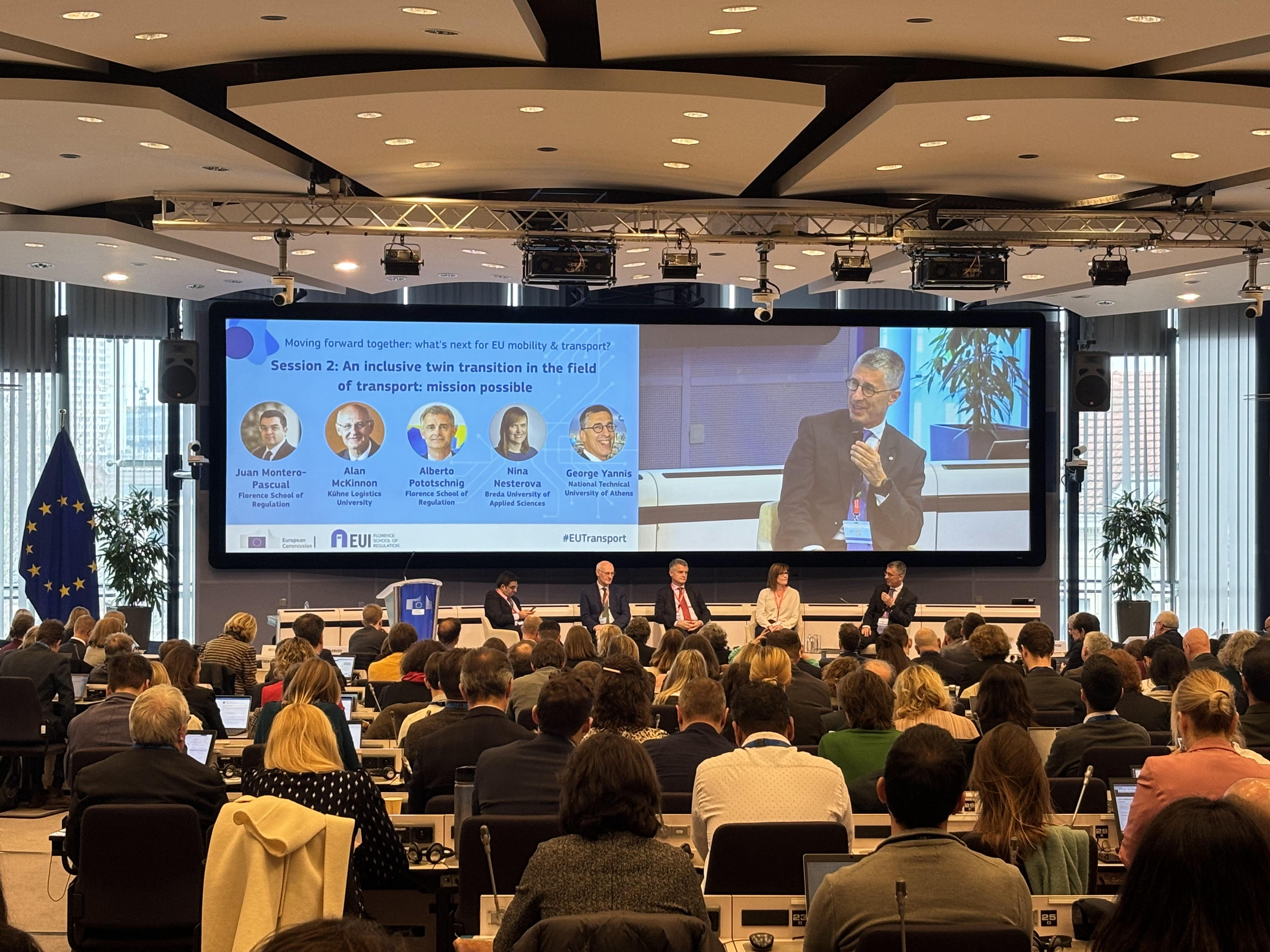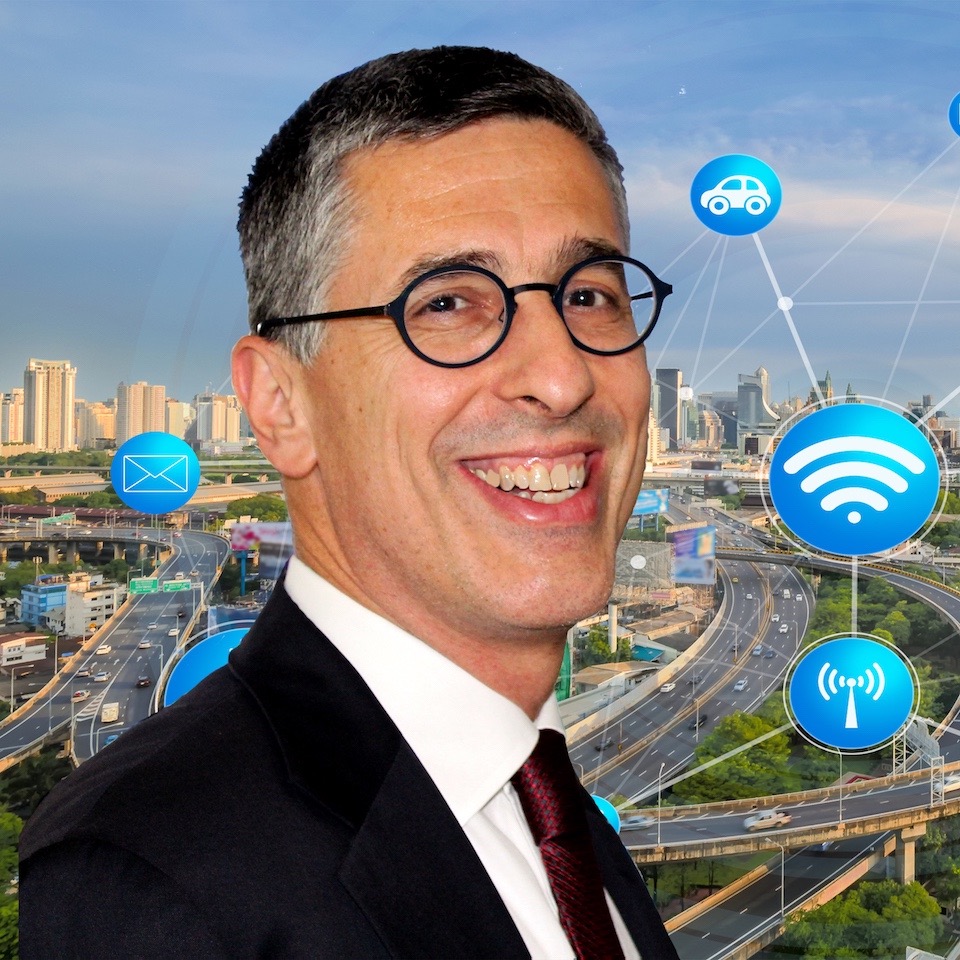Why automation deployment is not that fast
The challenge of balancing technology with user needs is critical for any development in transportation sector. One of the most controversial questions of the decade, is why vehicle automation did not come as soon as promised and expected. The main reason is that there is too much focus on technology and too little on user needs. Decisions and related estimation were based on technology expectations and plans of the industry neglecting fundamental needs of drivers and most importantly of the vulnerable road users: motorcyclists, cyclists and pedestrians. In fact, technology managed to provide quite reliable solutions mainly outside cities, where automation can work well on motorways or the interurban network, however automation is far from reliable in the cities. Very few can afford having an automated for travelling outside the city and a conventional one inside the city and this is a fundamental failure in the business model, as the user require either equally reliable automation solutions inside and outside cities, or not at all.
Despite technology advances and serious public and private efforts, the transformation from vehicle ownership to mobility services remain slow, for a series of reasons and this is one more reason for the slow advance of automation. A lot of discussion is made about changing of habits with ride sharing and mobility services, however the mentality of citizens is still strongly own-car-oriented. At the same time, very few Authorities dare to limit car occupation of public space, especially the space for parking and traffic, and transform the city towards automation, public transport and active travelling.
Although several technological components are well advanced, there is still a weak integration into one-stop solutions for the user. Undoubtedly, technology building blocks are well advanced and there are also many advanced driver assistance systems which the driver can benefit. Nevertheless, technologies integration fails to address reliably the interactions with vulnerable road user’s safety and all the related conflicts specially at junctions.
One more critical obstacle is the fact that society still seeks speed and cannot accept the safe but slow automated vehicles. In particular, traffic safety is incompatible with speed (except on motorways or in public transport priority lanes), however neither the society nor the Authorities are ready to slow down traffic, with or without automation.
CCAM and Artificial Intelligence
In the last few years, important steps have been made in the fields of Artificial Intelligence (AI) and digitalisation and there is a great interdependence with Connected and Cooperative Mobility (CCAM). CCAM is made possible by the advances in AI, sensors and big data but AI is today also upgraded by the numerous complex CCAM technologies. The continuously growing digitalisation of transport services is also supporting CCAM and starts also to benefit from CCAM wealth of data.
However, it is essential to realise that the desired level of full control in automation cannot be achieved yet by the Artificial Intelligence. AI cannot fully address complex user behaviour and tackle reliably drivers’ mistakes. For instance, the desired level of 100% safety, as it occurs with trains or planes, cannot be achieved yet by AI in vehicle automation.
In parallel, digitalization can play a quite important role in integrating step by step the different services in several complex environments: from vehicle automation to traffic, transport and mobility automation, as well as the acceleration of the transition from vehicle ownership to transport services.
Need for realistic business models
For the advancement of automation, there is a clear need for new and more realistic business models. It is fundamental that automation should be seen more as a social challenge than as a technology challenge. It is crucial to focus on driver and pedestrian needs and behaviour much more than on technology-oriented cars and services. We should focus on transforming traveller’s needs towards car ownership and transport services and realize that automation progress might come in big steps. It is like the S-curve phenomenon: with slow preparatory first stages and faster deployment when all the societal and technological components are soundproof and ready and user needs are properly met.
The full automation might come one day, somewhere yes (e.g. motorways, controlled areas) but somewhere else never (e.g. down-town). However, particular emphasis should be given to align automation with the key modern mobility challenges: Public Transport and managing public space. In fact, conventional, electric and automated cars have the same impact on traffic congestion; thus, the key solution for safe, healthy and green mobility is Public Transport. If we want automation to be upgraded, we have to start prioritizing automation in Public Transport and in ride sharing services which have a more positive societal footprint than private cars. We should also align automation as best as possible with the necessary re-sharing of public space.
The role of the EU and the Industry
The fundamental priority for the future of automation is to align automation with sustainable mobility policy and build successful business models. On this process, it is important to facilitate cooperation among stakeholders and promote interoperability and mobility services. In particular, the Authorities, the industry and all stakeholders, including academia and international organisations can play a crucial role both at a national and international level in order to create synergies inside and outside the Europe. There is also a need for private and public investment in CCAM, including Horizon Europe for research and Connecting Europe Facility for deployment.
An additional challenge is always to speed up updating appropriate regulations and standards, as a constant process requiring appropriate standards update to follow technology advances. At the end of the day, industry, European Union, academia, all stakeholders and users have to change and adapt at all times.
Intervention at the Future of Mobility & Transport Conference organised by the European Commission – DG Move in February 2024

